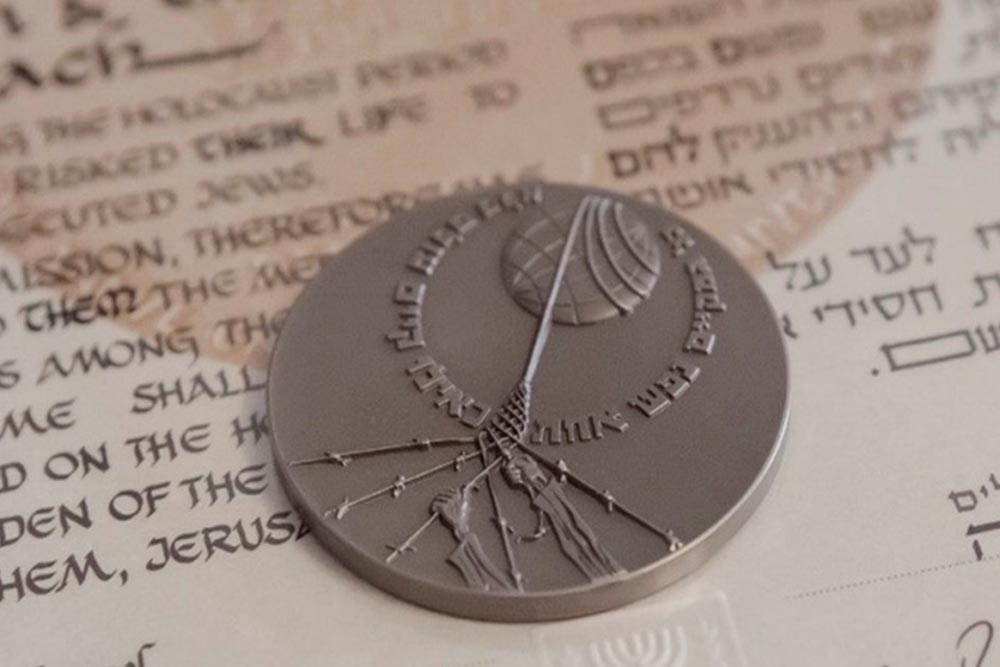Bank of Portraits / Hniezdilova Raisa

Hniezdilova Raisa
Raisa Hniezdilova lived in Kherson with her two sons. Her husband was conscripted to the front in the first days of the German-Soviet war. A few months later, his wife received news of his death. Hitler's occupation of the city began on August 19, 1941. In September, a woman witnessed the forced resettlement of Jews to the ghetto, which the Nazis organized near the Pankrativ Bridge.
On the eve of the German invasion, 16 thousand of Jews lived in the city of Kherson. Almost immediately, a Judenrat was appointed there, which had to register all of its fellow tribesmen. The order of the military governor of the city obliged the Jews to wear six-pointed stars on their clothes: one – on the left side of the chest, the other one – on the back. They had to hand over all money and valuables to the same Judenrat. On August 29, 1941, 100 Jews and communists were shot, and on September 6, another 110 Jews accused of underground activities were shot.
On September 7, 1941, the Kherson residents of Jewish origin were ordered to move to the ghetto. Raisa's neighbors were also there: Ester Mirochnyk with her daughter Faina and five-year-old granddaughter Lida. Faina's husband, Petro Babenko, returned from work and learned that the family was already in the ghetto. At his request, Raisa set out the next day to find out about the fate of the Jewish women and to give them the most necessary things and food.
The ghetto area was surrounded by barbed wire and guarded by guards with dogs. Children from mixed marriages, as well as Jews who converted to Christianity, were allowed to meet with their relatives of other nationalities. Raisa called herself Lida Babenko's grandmother, so she was able to talk to Faina. Nevertheless, she said that there are rumors among the slaves that they will be taken to Palestine. However, on September 24, the Germans began to exterminate them. Faina with her mother and daughter was in the first column that was taken to be shot. Everything happened so quickly that she did not have time to contact her husband. On the way, Lida's shoelace became untied, and the mother stopped to tie it. And suddenly she felt that someone pulled her and the child from the column. Therefore, they ended up behind the crowd, which was watching everything that was going on there. Some stranger told Faina to run. Frightened, with the child in her arms, she ran away and did not realize how she ended up near the Hniezdilovs' house. Raisa hid the fugitive in the cellar, and in the evening, she informed Petro about everything. They understood that it was dangerous to stay there with the child, so the man immediately began to look for an opportunity to take the family out. Friends helped to get a passport for his wife with a Ukrainian name, so the Babenko family soon left the city of Kherson and settled in the countryside, where no one knew them.
After the war, the survivors returned to their home and were friends with the Hniezdilov family for many years.
Svitlana Demchenko
Kyiv
National museum of the History of Ukraine in the Second World War
-
fingerprintArtefacts
-
theatersVideo
-
subjectLibrary

